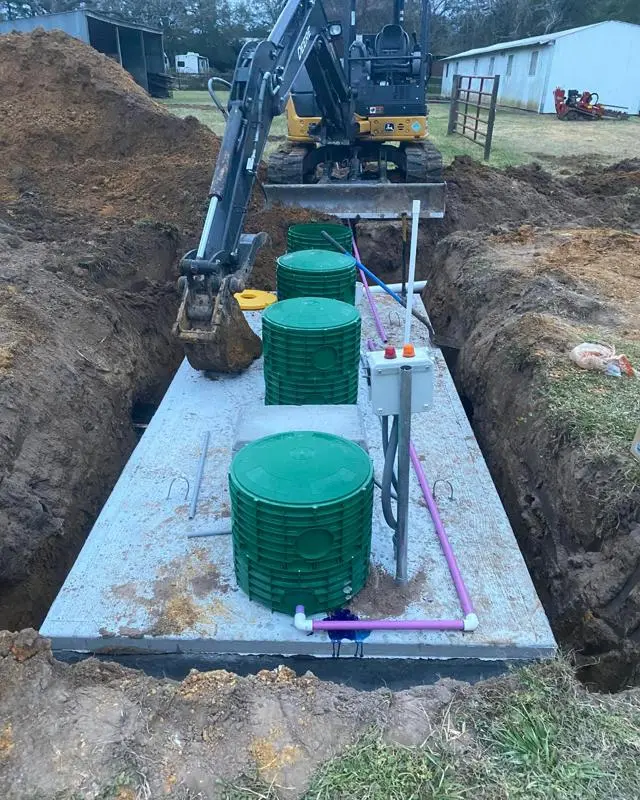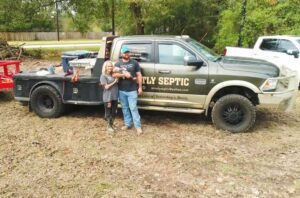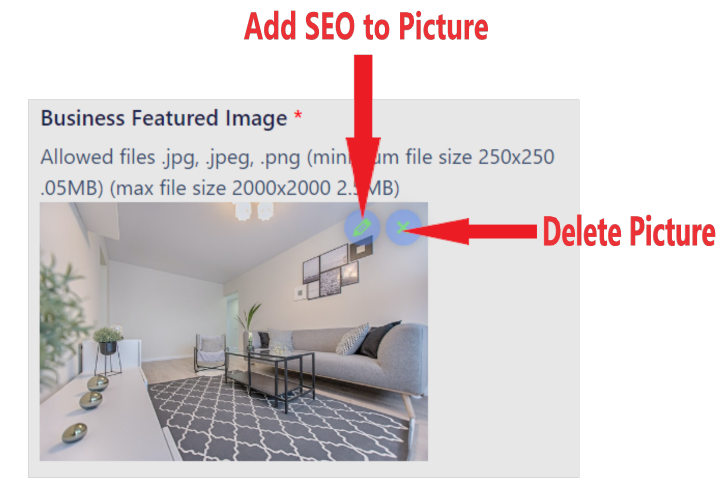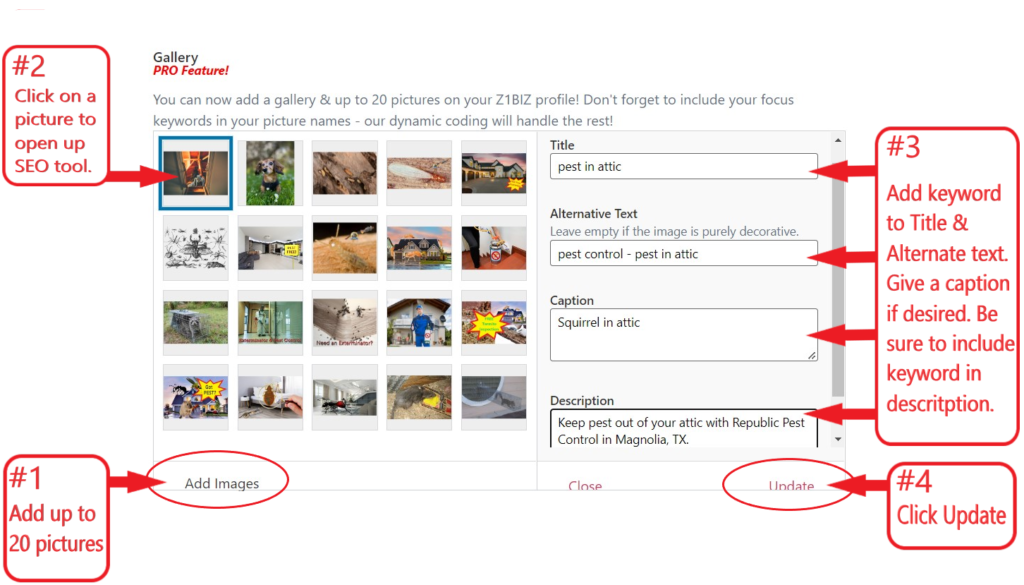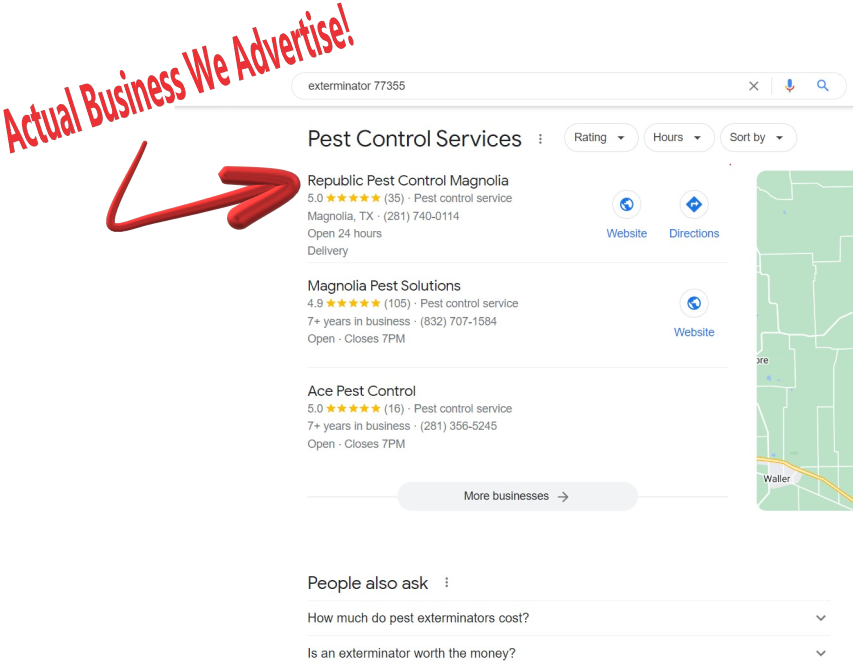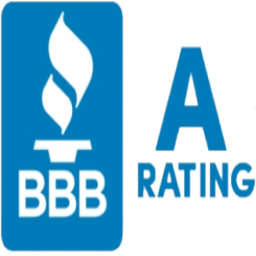Investing in a new septic system ensures efficient wastewater management for your property. Whether you’re building a new home or replacing an old system, selecting the right type is essential. At Septic Service Texas, we provide expert guidance on choosing, installing, and maintaining septic systems tailored to your needs.
This guide covers everything you need to know, from system types to installation and maintenance.
Understanding Septic Systems
A septic system is an underground structure that treats and disposes of household wastewater. It typically consists of a septic tank and a drain field. The tank separates solids from liquids, allowing bacteria to break down waste before the treated water is released into the soil.
Key Components of a Septic System
- Septic Tank – Stores and treats wastewater.
- Drain Field (Leach Field) – Distributes treated water into the soil.
- Pipes and Distribution Box – Direct wastewater flow.
Different systems exist to suit various soil conditions and property sizes.
Types of New Septic Systems
1. Conventional Septic System
A traditional choice, the conventional septic system uses a tank and a gravel-filled drain field. It’s best for properties with sufficient space and well-draining soil.
Pros:
✅ Cost-effective
✅ Low maintenance
✅ Long lifespan
Cons:
❌ Requires permeable soil
❌ Large drain field needed
2. Aerobic Septic System
A aerobic septic system introduces oxygen to break down waste faster. It’s ideal for properties with poor drainage.
Pros:
✅ Works in challenging soil conditions
✅ Produces cleaner effluent
✅ Smaller drain field required
Cons:
❌ Requires electricity
❌ More maintenance needed
3. Alternative Septic Systems
For properties with space or soil limitations, an alternative septic system provides customized solutions, such as sand filters or peat-based treatment.
Pros:
✅ Adapts to tough soil conditions
✅ Eco-friendly options available
Cons:
❌ Higher installation cost
❌ May require specialized maintenance
4. Mound Septic System
A mound septic system is used when the water table is too high for a traditional drain field. Wastewater is pumped into a sand mound for treatment.
Pros:
✅ Suitable for high water table areas
✅ Prevents groundwater contamination
Cons:
❌ Large land area needed
❌ Higher initial cost
5. Holding Tank System
A holding tank system stores wastewater until it’s pumped and hauled away. This is often used for seasonal properties.
Pros:
✅ No drain field required
✅ Simple installation
Cons:
❌ Requires frequent pumping
❌ Higher long-term costs
The Septic System Installation Process
Step 1: Site Evaluation
A professional will assess your property’s soil type, water table, and space to determine the best system.
Step 2: Obtaining a Septic Permit
Before installation, a permit is required. This ensures compliance with local health and environmental regulations.
Step 3: Excavation and System Installation
Once approved, excavation begins, followed by tank placement, pipe installation, and drain field setup.
Step 4: Inspection and Testing
Before use, the system undergoes inspection and testing to confirm proper function.
Step 5: Backfilling and Finalization
Once approved, the soil is backfilled, and the system is ready for use.
Septic System Cost Breakdown
Several factors influence the cost of a new septic system installation, including system type, labor, and permits.
| Cost Factor | Estimated Range |
|---|---|
| Septic Tank | $3,000 – $7,000 |
| Drain Field | $2,500 – $10,000 |
| Permits & Inspections | $300 – $1,500 |
| Labor & Installation | $3,000 – $10,000 |
| Total Estimated Cost | $8,800 – $28,500 |
Prices vary based on location, soil conditions, and system size.
Maintenance Tips for Longevity
- Pump the Tank Regularly – Every 3-5 years, depending on usage.
- Avoid Harsh Chemicals – Protect beneficial bacteria in the tank.
- Conserve Water – Excessive water flow can overload the system.
- Inspect Annually – Identify issues before they become major problems.
- Keep Heavy Objects Away – Avoid driving over or building structures on the drain field.
Get Professional Septic System Installation
At Septic Service Texas, we provide expert installation and maintenance services to ensure your new system runs efficiently for years. Whether you need a conventional, aerobic, or alternative system, we help you choose the right option for your property.
🔹 Schedule a consultation today!

